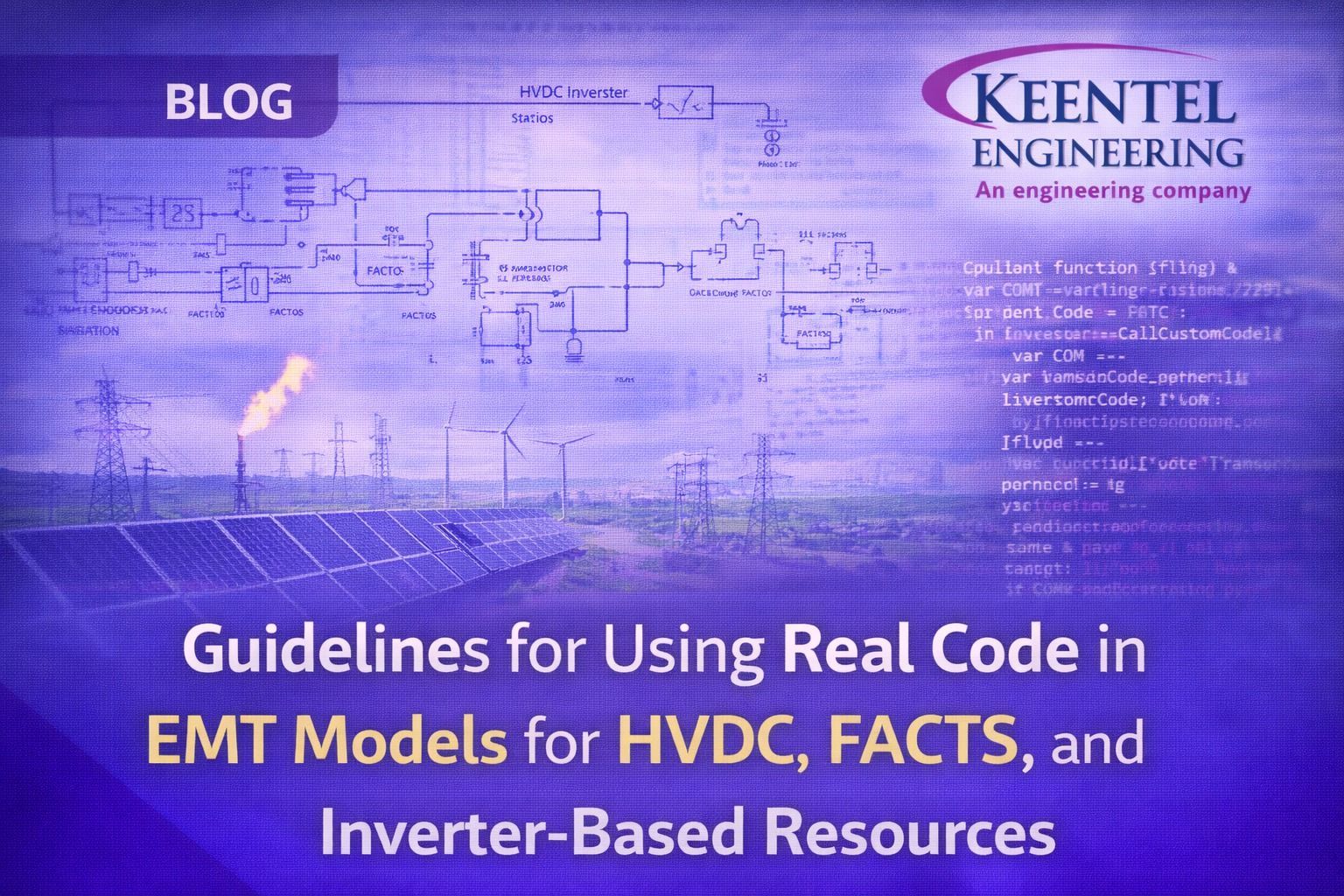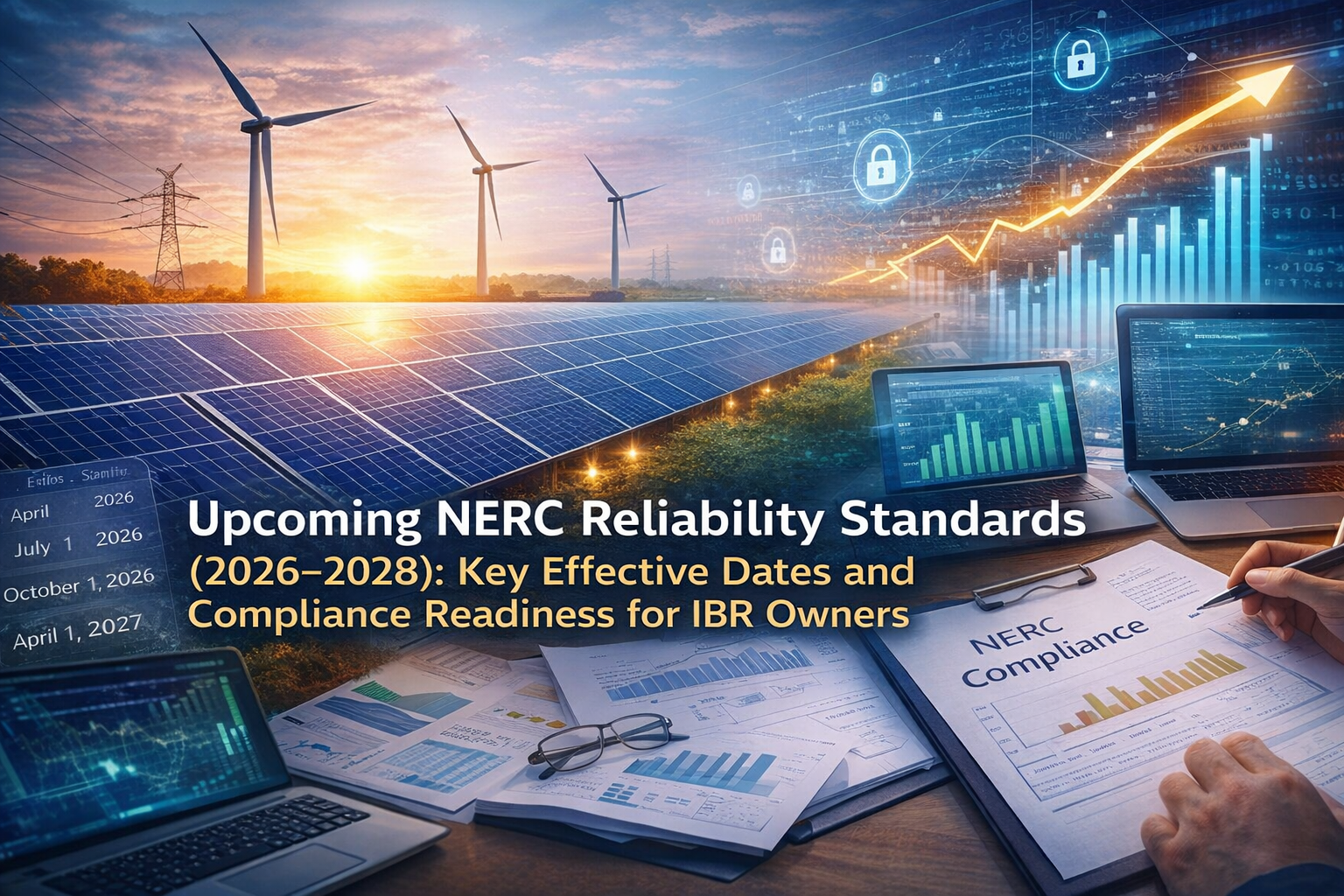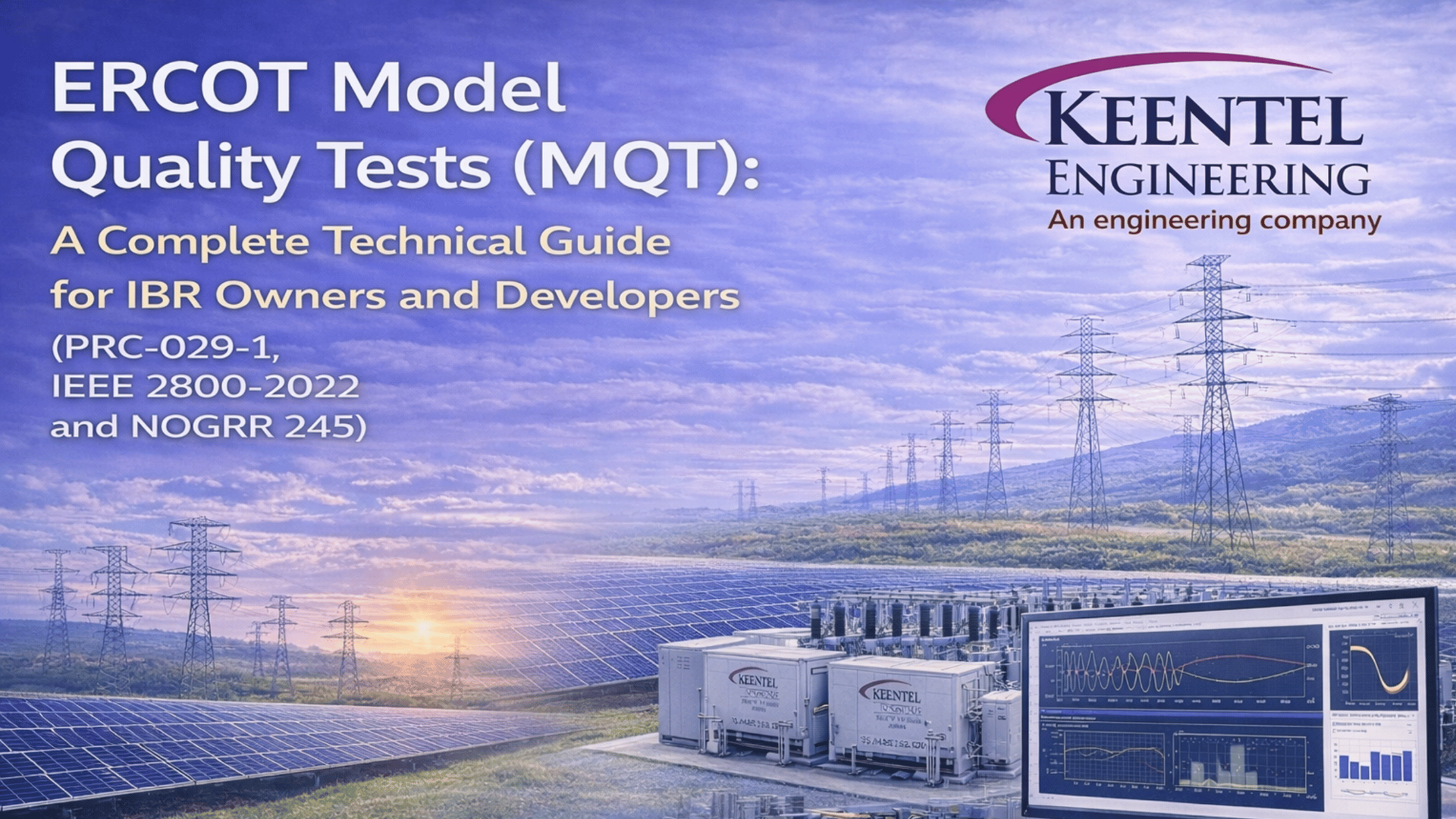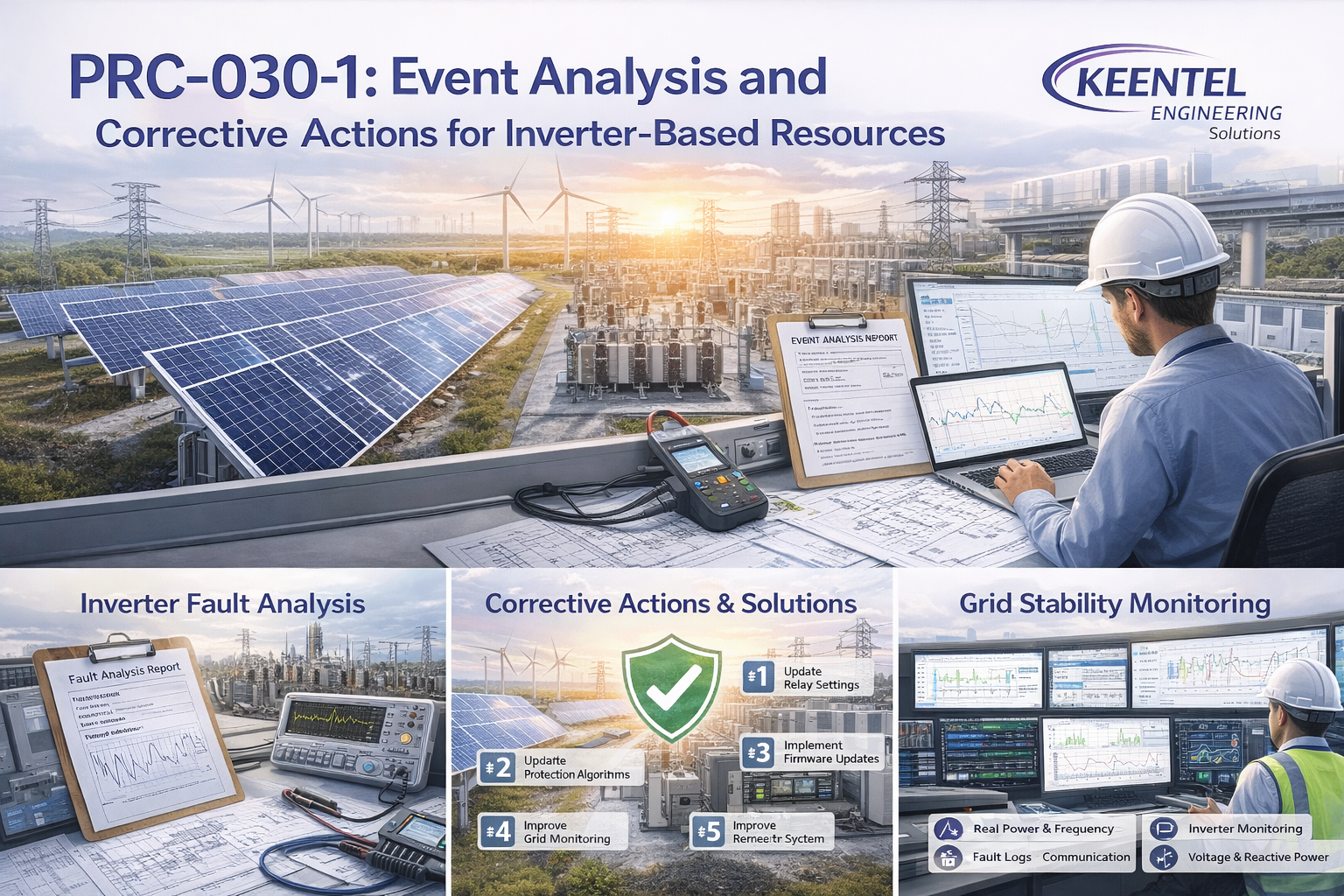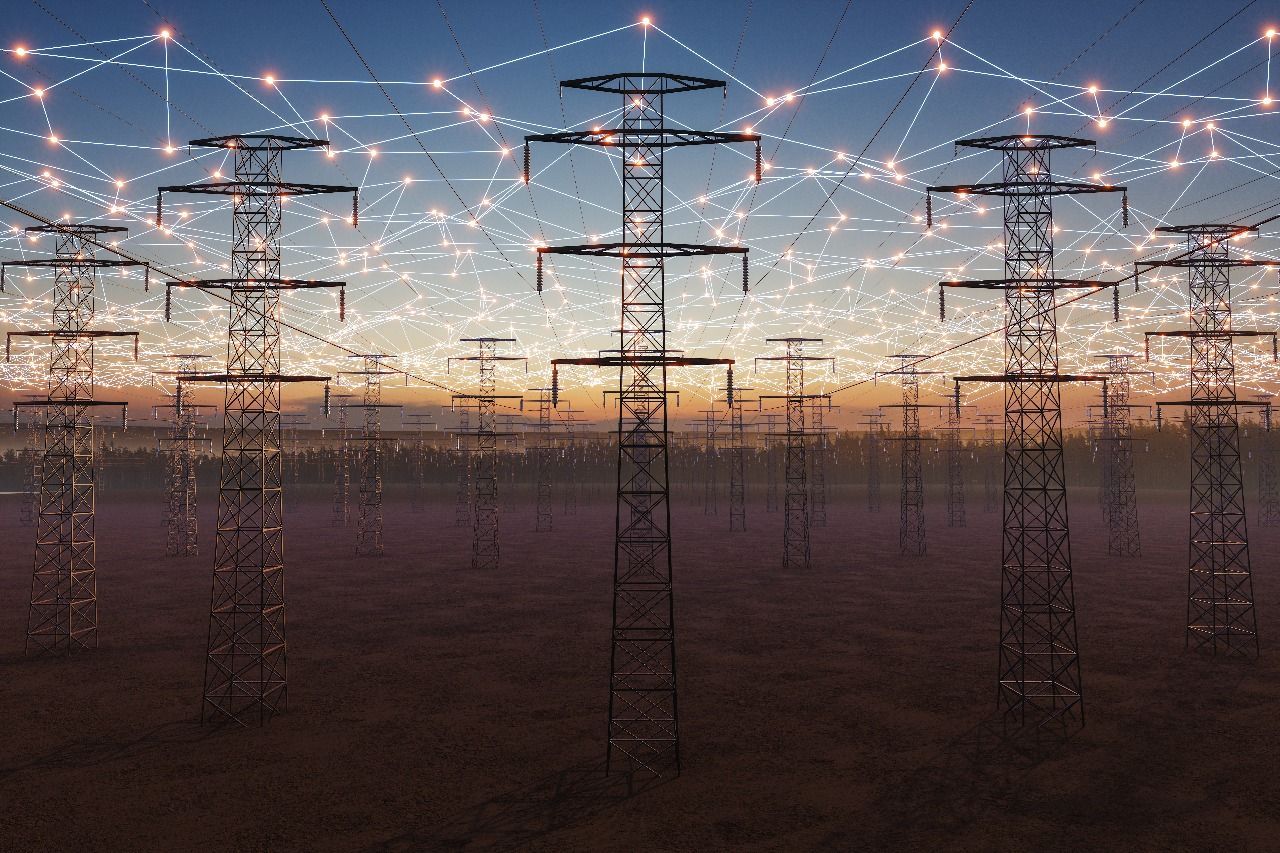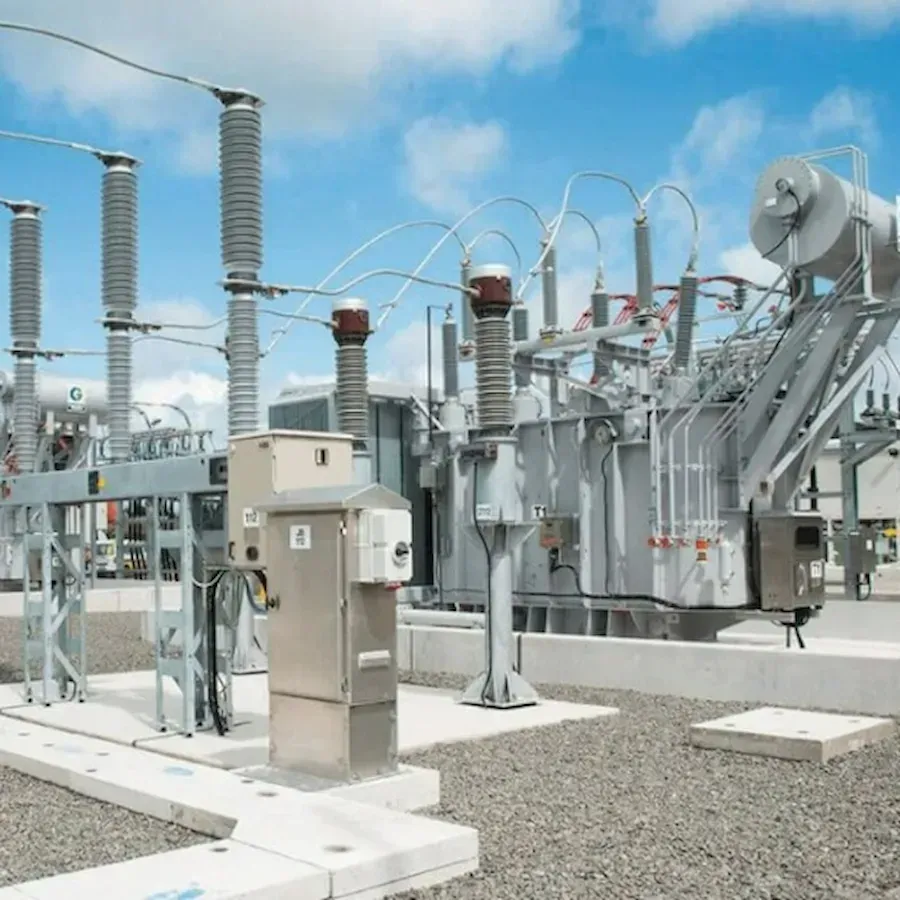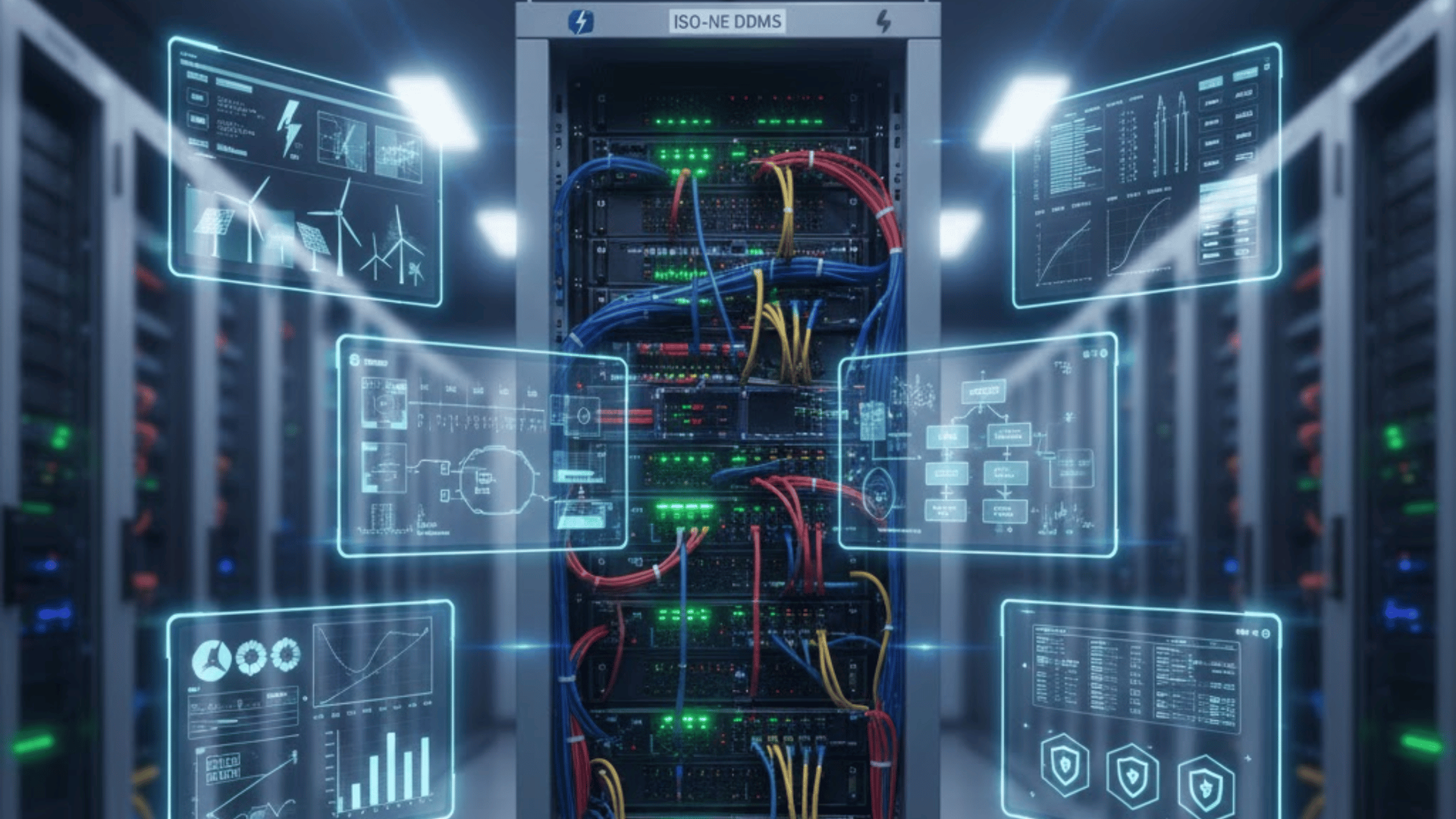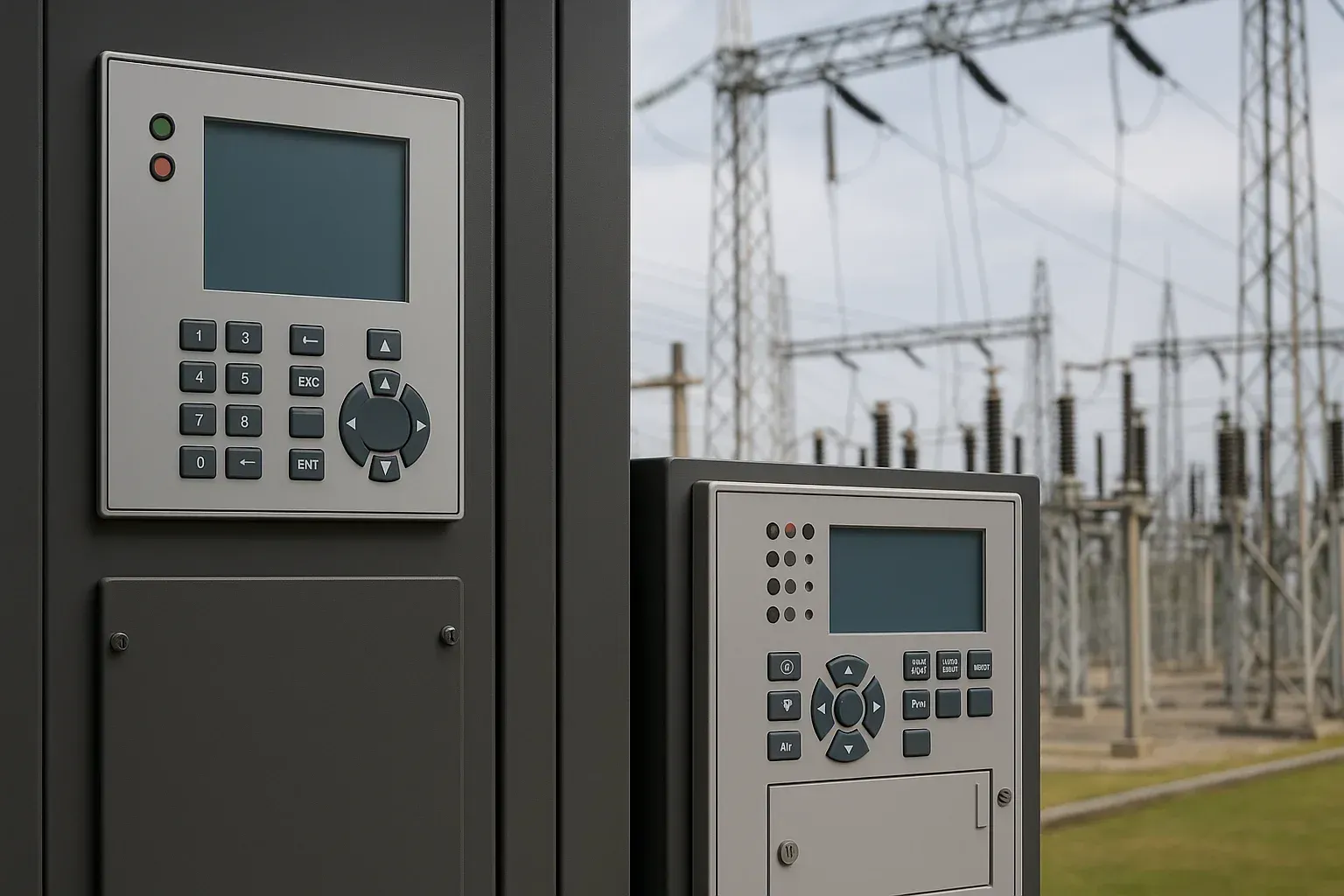A Coordinated Electric System Interconnection Review—the utility’s deep-dive on technical and cost impacts of your project.
Challenge: Frequent false tripping using conventional electromechanical relays
Solution: SEL-487E integration with multi-terminal differential protection and dynamic inrush restraint
Result: 90% reduction in false trips, saving over $250,000 in downtime
IEEE Std 2800™-2022 — A Cornerstone for Reliable Integration of Inverter-Based Resources: Keentel Engineering
September 23, 2025 | Blog
Introduction
The accelerating adoption of renewable energy has fundamentally transformed power system operations. Inverter-Based Resources (IBRs)—including solar PV, wind, and Battery Energy Storage Systems (BESS)—now represent a significant portion of new generation worldwide.
These topics are often discussed together with general queries such as ieee 2800 summary, ieee 2800-2022 standard, and what is ieee std 2800-2022, because they help explain the purpose and structure of the requirementsThis transition introduces new technical challenges in maintaining grid reliability, stability, and interoperability. To address these, the IEEE Std 2800™-2022 establishes uniform requirements for interconnecting IBRs at transmission-level voltages.
At Keentel Engineering, we help utilities, developers, and independent power producers translate these standards into practical engineering designs, compliance strategies, and system studies.
Why IEEE Std 2800™-2022 Matters
Traditional synchronous machines inherently contribute inertia, voltage support, and fault current, stabilizing the grid during disturbances. In contrast, IBRs behave differently—offering less inertia and relying on advanced control systems. Without consistent technical requirements, large-scale IBR integration risks frequency instability, voltage excursions, and protection misoperations. Many engineering teams start by reviewing the key technical areas for ieee 2800 compliance and understanding the broader application of ieee 2800 across different IBR technologies.
IEEE 2800 provides a comprehensive framework to harmonize IBR interconnections, ensuring they contribute positively to bulk power system reliability while remaining interoperable across multiple utilities and transmission operators.
Learn how our
power system studies validate ride-through, stability, and frequency compliance for IBR projects
Key Technical Requirements
1. Voltage and Reactive Power Capability
- IBRs must operate continuously within a defined voltage range (typically 0.95–1.05 p.u.).
- Reactive power capability curves ensure dynamic voltage support under both steady-state and disturbed conditions.
2. Frequency Ride-Through
- IBRs must remain online and contribute during frequency deviations, not disconnect prematurely.
- The standard defines mandatory frequency ranges (e.g., 57–62 Hz for 60 Hz systems) and ride-through times.
3. Voltage Ride-Through (VRT)
- Generators must not trip during low- or high-voltage events unless system protection requires it.
- IEEE 2800 includes detailed voltage-duration curves to define performance expectations.
4. Active Power Control
- Requirements for ramp rate limits, active power reduction, and frequency response are included.
- IBRs must provide frequency-droop response to support system balancing.
5. Fault Current Contribution
- Unlike synchronous machines, IBR fault response is control-based.
- IEEE 2800 specifies that IBRs must provide positive-sequence current injection to aid protection and stability.
- These details often appear in technical searches such as ieee 2800-2022 standard summary inverter-based resources, ieee 2800-2022 grid-forming inverters requirements, and other discussions focused on how grid-forming inverters support system stability under the ieee 2800 2022 framework.
6. System Protection and Coordination
- Coordination with grid protection schemes is essential.
- IBR controls must ensure compatibility with relaying, reclosing, and breaker operations.
7. Interoperability and Communications
- The standard requires communication protocols to exchange telemetry, status, and control signals with Transmission System Operators (TSOs).
- Emphasis is placed on cybersecurity, data reporting, and operational readiness.
Benefits to the Power Industry
At Keentel Engineering, we deliver turnkey compliance solutions for IEEE 2800, including:
- Grid Code Compliance Studies: Voltage ride-through, frequency response, and stability modeling.
- Dynamic Simulations: PSSE, TSAT, and PSCAD/EMTDC analyses aligned with IEEE 2800.
- Protection & Control (P&C) Engineering: Relay coordination with IBRs’ fault current characteristics.
- Documentation and Certification Support: Preparing technical packages for utilities, ISOs, and regulators.
By aligning projects with IEEE 2800 from the earliest design phase, we help clients reduce project risks, avoid costly redesigns, and accelerate interconnection approvals.
Case Study 1: Solar PV Plant with Transmission Interconnection
Background:
A 250 MW solar PV facility was being developed in the Southwest U.S. with direct interconnection to a 230 kV transmission substation. The utility required compliance with IEEE Std 2800-2022 before approving the interconnection request.
Challenge:
- The solar inverters lacked robust low-voltage ride-through (LVRT) validation.
- Modeling needed to align with both PSS®E and PSCAD simulations for regulatory submission.
Keentel Engineering Solution:
- Performed dynamic simulations to verify LVRT and frequency ride-through compliance.
- Developed a reactive power capability curve matching IEEE 2800 minimums.
- Coordinated with inverter OEMs to adjust control settings for fast reactive support.
Result:
The project achieved full IEEE 2800 compliance certification and received utility approval without design rework, saving 6 months of schedule risk.
Case Study 2: Hybrid Wind and Battery Energy Storage System (BESS)
Background:
A 400 MW wind farm in the Midwest was co-located with a 100 MW BESS for energy shifting and grid stability support.
Challenge:
- Wind turbines provided limited short-circuit current, raising concerns about protection miscoordination.
- The BESS needed to provide frequency droop response and inertia-like support.
Keentel Engineering Solution:
- Modeled positive-sequence fault current injection strategies to meet IEEE 2800 protection requirements.
- Programmed the BESS inverter for synthetic inertia and droop control.
- Conducted relay coordination studies ensuring compatibility with reduced fault levels.
Result:
The hybrid project demonstrated compliance with IEEE 2800 and passed all TSO-required tests, positioning it as a benchmark case for hybrid resources in the region.
Case Study 3: Utility-Scale Battery Storage for Grid Support
Background:
A 150 MW / 600 MWh standalone BESS project was developed in California to support transmission grid stability.
Challenge:
- The ISO required fast frequency response (FFR) capability.
- Fault current levels were too low for traditional protection schemes.
Keentel Engineering Solution:
- Configured fast active power injection controls to meet IEEE 2800’s FFR expectations.
- Designed protection schemes using advanced relays compatible with inverter-based fault current.
- Verified compliance through TSAT time-domain simulations.
Result:
The BESS successfully demonstrated compliance, becoming a flagship project for inverter-based grid services.
Case Study 4: Repowering of a Legacy Wind Plant
Background:
A 150 MW wind farm commissioned in 2010 was undergoing repowering with modern inverters to comply with evolving grid codes.
Challenge:
- Original turbines were not IEEE 2800-compliant.
- Upgrading required coexistence of legacy and new inverters during the transition phase.
Keentel Engineering Solution:
- Developed a compliance roadmap phased with turbine replacement cycles.
- Modeled dual inverter behavior (old + new) in grid simulations.
- Provided regulatory documentation demonstrating incremental compliance.
Result:
The repowered wind farm achieved full IEEE 2800 compliance within 18 months, extending asset life and securing continued grid access.
Summary
These case studies demonstrate how Keentel Engineering delivers:
- Technical expertise in inverter modeling and simulations.
- Regulatory navigation to meet IEEE 2800 and utility requirements.
- Custom solutions for solar, wind, hybrid, BESS, and repowering projects.
By aligning projects with IEEE 2800-2022, we help clients reduce risk, accelerate approvals, and ensure reliable interconnection in a rapidly evolving grid environment.
Frequently Asked Questions – IEEE Std 2800™-2022
1. What is IEEE Std 2800-2022?
It is a standard that defines interconnection and interoperability requirements for IBRs connecting at transmission-level voltages.
2. Why was IEEE 2800 created?
To ensure IBRs provide essential reliability services and do not compromise bulk power system stability.
3. What types of resources are covered?
Solar PV, wind, BESS, hybrid plants, and other inverter-based resources.
4. Does IEEE 2800 apply to distribution-level interconnections?
No, it specifically applies to transmission-level interconnections (generally ≥ 100 kV).
5. Who enforces compliance?
Transmission operators, ISOs/RTOs, and utilities incorporate IEEE 2800 requirements into interconnection agreements.
6. What voltage range must IBRs support?
Typically 0.95–1.05 p.u., with ride-through obligations for excursions beyond.
7. How does IEEE 2800 address over/under-frequency?
It mandates ride-through performance across defined frequency bands with active power support.
8. What is frequency-droop control?
A mechanism requiring IBRs to reduce or increase active power in response to frequency deviations.
9.How long must IBRs remain connected during low voltage events?
Depending on the severity, up to several seconds as defined by VRT curves.
10. Are high-voltage events also covered?
Yes, IEEE 2800 specifies both low- and high-voltage ride-through requirements.
11. Do IBRs supply fault current like synchronous generators?
No, their response is software-controlled current injection.
12. Why is positive-sequence current injection important?
It supports system protection schemes and stabilizes faulted conditions.
13. What are the challenges in coordinating IBRs with protection?
Low fault contribution may hinder relay detection and breaker operations.
14. Does IEEE 2800 require negative-sequence current injection?
Positive-sequence injection is primary, though standards allow flexibility.
15. Can IBRs trip during protection events?
Yes, but only under system protection requirements—not normal disturbances.
16. What is ramp rate control?
It limits the speed of active power changes, preventing system shocks.
17. How must IBRs support reactive power?
By following defined capability curves and dynamic control requirements.
18. What role do IBRs play in voltage stability?
They must provide fast reactive support to maintain system voltages.
19. Can IBRs provide inertial response?
Yes, via synthetic inertia controls programmed in the inverter.
20. How does IEEE 2800 align with NERC requirements?
It complements NERC reliability standards like PRC-024 and BAL-003.
21. What communication protocols are required?
Standard protocols such as IEC 61850 and DNP3, with cybersecurity considerations.
22. What data must IBRs report?
Real-time telemetry, control status, alarms, and performance metrics.
23. How does IEEE 2800 address cyber threats?
By requiring secure communication channels and authentication protocols.
24. Do IBRs need to participate in system restoration?
Yes, they must support black-start and system recovery operations where applicable.
25. What is the long-term significance of IEEE 2800?
It creates a uniform technical foundation for high renewable penetration, ensuring grid reliability
IEEE Std 2800-2022 Compliance Support
Aligning inverter-based resources with IEEE 2800-2022 requires more than just technical awareness—it demands precise modeling, simulations, and regulatory navigation. At Keentel Engineering, we combine decades of power system expertise with advanced tools to help utilities, developers, and IPPs meet compliance efficiently.
👉 Explore our
Power System Studies and
NERC Compliance Services designed to support IEEE 2800 compliance and ensure reliable grid integration.

About the Author:
Sonny Patel P.E. EC
IEEE Senior Member
In 1995, Sandip (Sonny) R. Patel earned his Electrical Engineering degree from the University of Illinois, specializing in Electrical Engineering . But degrees don’t build legacies—action does. For three decades, he’s been shaping the future of engineering, not just as a licensed Professional Engineer across multiple states (Florida, California, New York, West Virginia, and Minnesota), but as a doer. A builder. A leader. Not just an engineer. A Licensed Electrical Contractor in Florida with an Unlimited EC license. Not just an executive. The founder and CEO of KEENTEL LLC—where expertise meets execution. Three decades. Multiple states. Endless impact.
Services

Let's Discuss Your Project
Let's book a call to discuss your electrical engineering project that we can help you with.

About the Author:
Sonny Patel P.E. EC
IEEE Senior Member
In 1995, Sandip (Sonny) R. Patel earned his Electrical Engineering degree from the University of Illinois, specializing in Electrical Engineering . But degrees don’t build legacies—action does. For three decades, he’s been shaping the future of engineering, not just as a licensed Professional Engineer across multiple states (Florida, California, New York, West Virginia, and Minnesota), but as a doer. A builder. A leader. Not just an engineer. A Licensed Electrical Contractor in Florida with an Unlimited EC license. Not just an executive. The founder and CEO of KEENTEL LLC—where expertise meets execution. Three decades. Multiple states. Endless impact.
Leave a Comment
We will get back to you as soon as possible.
Please try again later.



